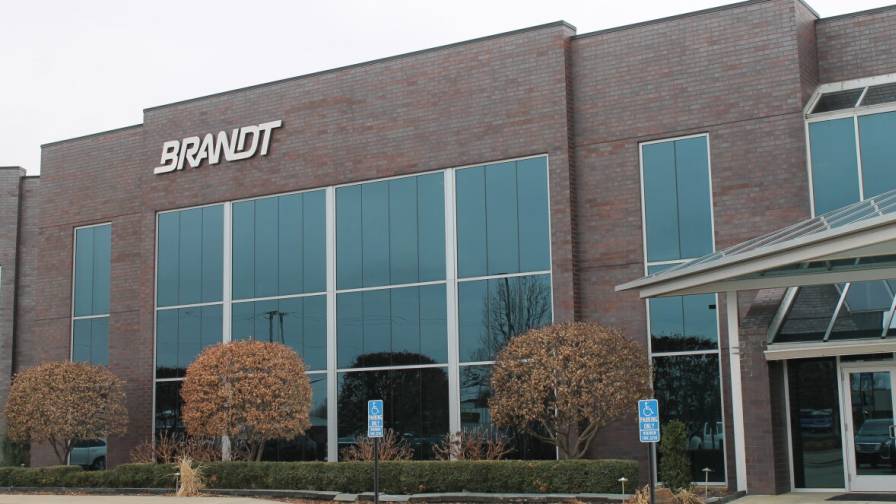Expert: West Fertilizer Was Preventable By Following OSHA Regulations
Senate Environment & Public Works (EPW) Committee Chairwoman Barbara Boxer (D-CA) came out swinging today at the Senate EPW hearing titled: “Oversight of Federal Risk Management and Emergency Planning Programs to Prevent and Address Chemical Threats, Including the Events Leading Up to the Explosions in West, TX and Geismar, LA”.
Senators participating in the hearing included Chairwoman Boxer, Ranking Member David Vitter (R-LA), Deb Fischer (R-NE), John Barrasso (R-WY), and John Boozman (R-AR).
The next congressional hearing will take place in August before the House Homeland Security Committee.
Top issues discussed at the hearing:
- The West, TX plant was covered by a patchwork of regulations with some pretty large holes. Click here to view CSB Preliminary Findings on West Fertilizer Explosion.
- CSB testified that West Fertilizer used a combustible (wooden) building with no sprinklers. Stored seed (organic material) next to AN with no firewall. Texas does not have fire code. Volunteer firefighters were not made aware of the risk that AN at the facility could explode – 12 firefighters and emergency responders were killed when AN suddenly detonated as they were fighting the initial fire. Other countries like the UK recommend that buildings and bins where AN store be noncombustible.
- Dr. Sam Mannan, a chemical engineer, testified that if West Fertilizer followed OSHA regulations (29 CFR 109.1910(i)) (storage of AN – based on NFPA Code 490) the explosion likely would have been mitigated or prevented. He also pointed out that there should not be a duplication of regulations.
- Adding “REACTIVE CHEMICALS” to EPA’s Risk Management Program including ammonium nitrate (AN). This recommendation is based upon a 2002 Chemical Safety Board report entitled ” Improving Reactive Hazard Management”.
- EPA needs to update guidance, alerts and regulations for AN. It was pointed out at the hearing that EPA last issued guidance on AN was in December 1997.
- EPA subpoena of the CSB West Fertilizer records causing a chilling effect for CSB to gather information from witnesses and industry. Information provided to CSB is supposed to remain confidential and not used in criminal or civil enforcement actions by other federal agencies.
- EPA should use their “General Duty Clause” (GDC) authority to implement Inherently Safer Technology (IST) requirements on industry.
- Rick Webre, Ascension Parish Office of Homeland Security (Louisiana), stated that “a well-managed LEPC is the most critical function that a community can perform to prevent, mitigate, respond to and recover from an industrial accident” and “I don’t believe that more legislation is the answer.” He also said that complexity results in failure on scene. “Creating one common operating procedure between the chemical industry, the local 911 center, Emergency Operations Center and the first responders on scene is absolutely critical. Simple, inexpensive, graphically displayed, two page standard operating procedures can accomplish this”, stated Webre.
- Paul Orum, Consultant for Coalition to Prevent Chemical Disasters, promoted IST and adding products like AN to EPA RMP. He also recommends electronic access to EPCRA Tier 2 reports. Orum indicated support for the ” agricultural chemicals security tax credit assists agricultural distributors with conventional security measures such as fences and lights; it should assist facilities that want to move locally to safer locations.” Note – The ARA-initiated Agricultural Chemicals Security Tax Credit (included in the 2008 Farm Bill) expired on Dec. 31, 2012. ARA has requested Congress extend this tax credit.
- Asked CSB about interactions with TFI and ARA. CSB Chairman said they were in discussions with the two groups and CSB thought the Fertilizer Code of Practice Initiative was a good self-policing system with third party audits to prevent the possibility of future mistakes. Fertilizer COP and other industry initiatives should be used to compliment the work done by federal regulators.
- Fischer asked about the difference between manufacturing and fertilizer blending. CSB said that manufacturing is a chemical process, and West Fert received materials that had already gone through this chemical process. West Fertilizer was a bulk storage and distribution facility. CSB agreed there should be different recommendations for chemical process facilities and storage facilities.
0
1
5
Expert: West Fertilizer Was Preventable By Following OSHA Regulations






